Community Engagement Program
Engaging in the arts can help military-connected people, including their families and caregivers, enhance creative expression, build relationships, become more resilient, and adapt to civilian life.
Since 2017, Creative Forces has invested in community-based arts engagement activities that take place in healthcare, community, or virtual settings.
The Community Engagement Program expands the reach of Creative Forces to more military-connected people nationwide. It also provides continued, community-based opportunities for supporting health and well-being for people who have received or are currently participating in creative arts therapies through the Clinical Program.
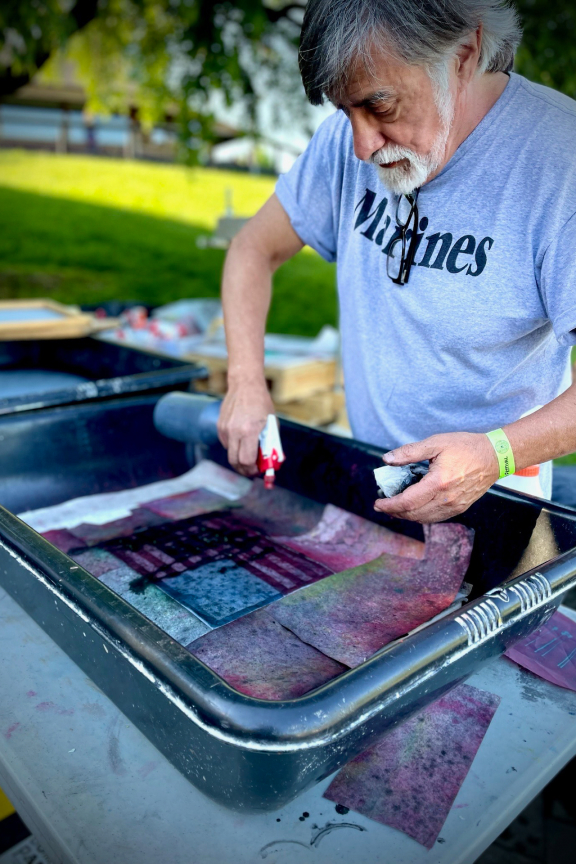
How we support community arts programming
Creative Forces began its community arts engagement efforts in 2017 by convening military and arts communities in areas near Creative Forces Clinical Program sites. From 2018 to 2020, we funded ten pilot Community Connections projects near Clinical Program sites.
In 2022, in partnership with (External link)Mid-America Arts Alliance (M-AAA), Creative Forces officially launched a grant program to support community-based arts programs and activities and expand the reach of Creative Forces nationwide. Since then, more than 100 Creative Forces Community Engagement grants, ranging from $10,000 to $50,000, have been awarded to eligible organizations nationwide.
Community Engagement Grants support organizations that offer diverse arts engagement opportunities, including writing workshops, visual arts projects, music-making, dance classes, and more.
Community Engagement Grants also support these programs to increase their capacity to serve military-connected people, including improving their military cultural competency.
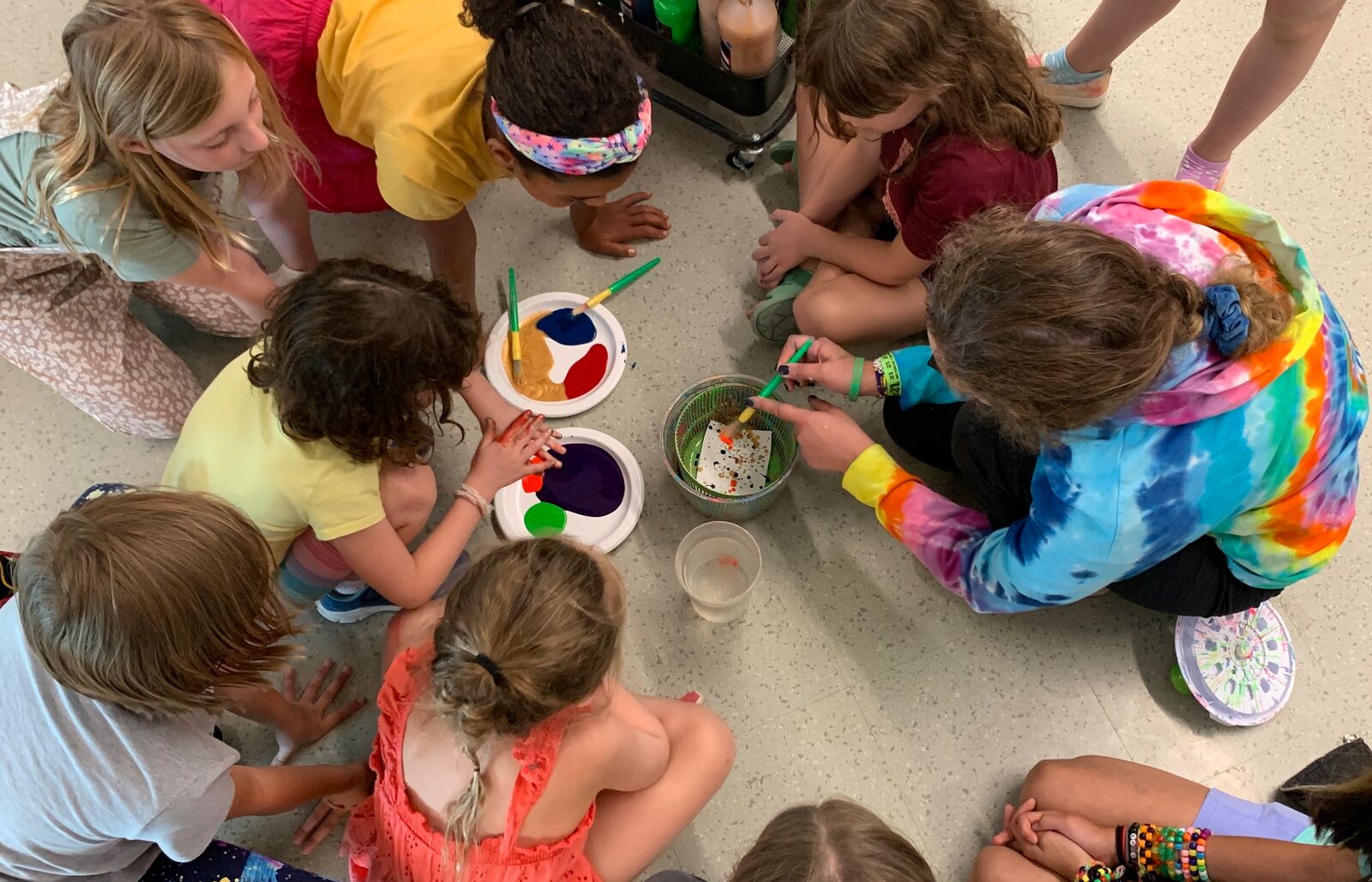
Community Engagement grant projects
The Creative Forces Community Engagement grant program has supported 101 projects in 33 states and the District of Columbia in the first three years of grantmaking.
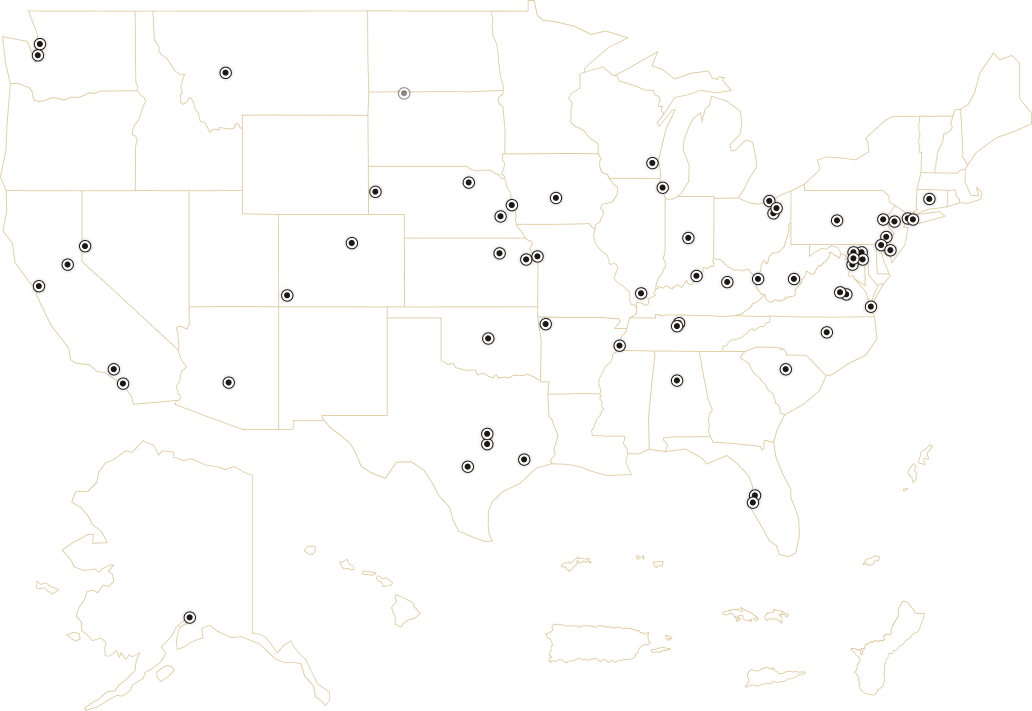
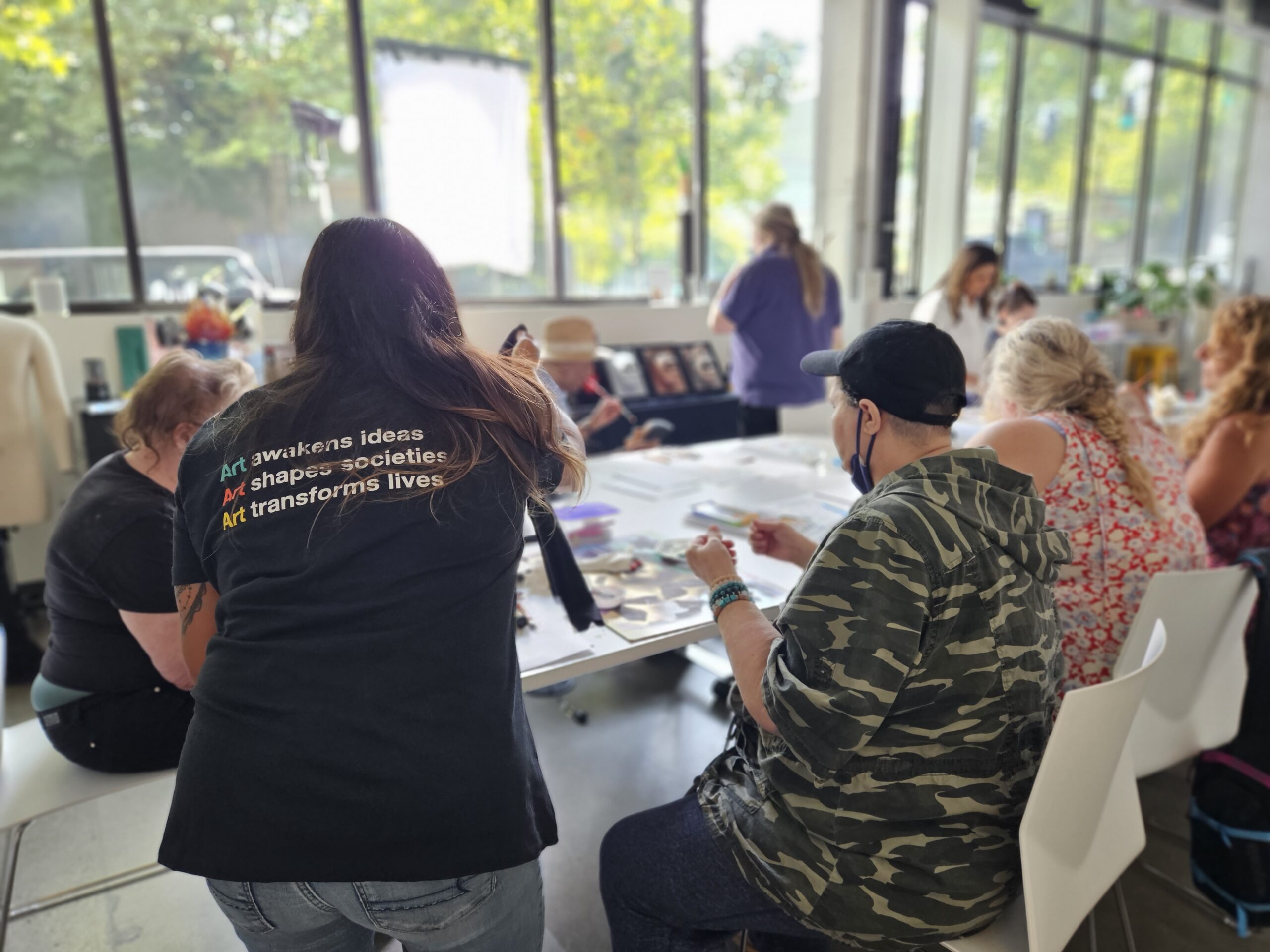
Path with Art: Reimagining a Way Forward
From singing to visual art, veterans use creative expression to transform their lives
Path with Art, a nonprofit organization in Seattle, Washington and a 2022 Creative Forces Community Engagement grant recipient, helps veterans find a way forward through creative expression.
Read the full article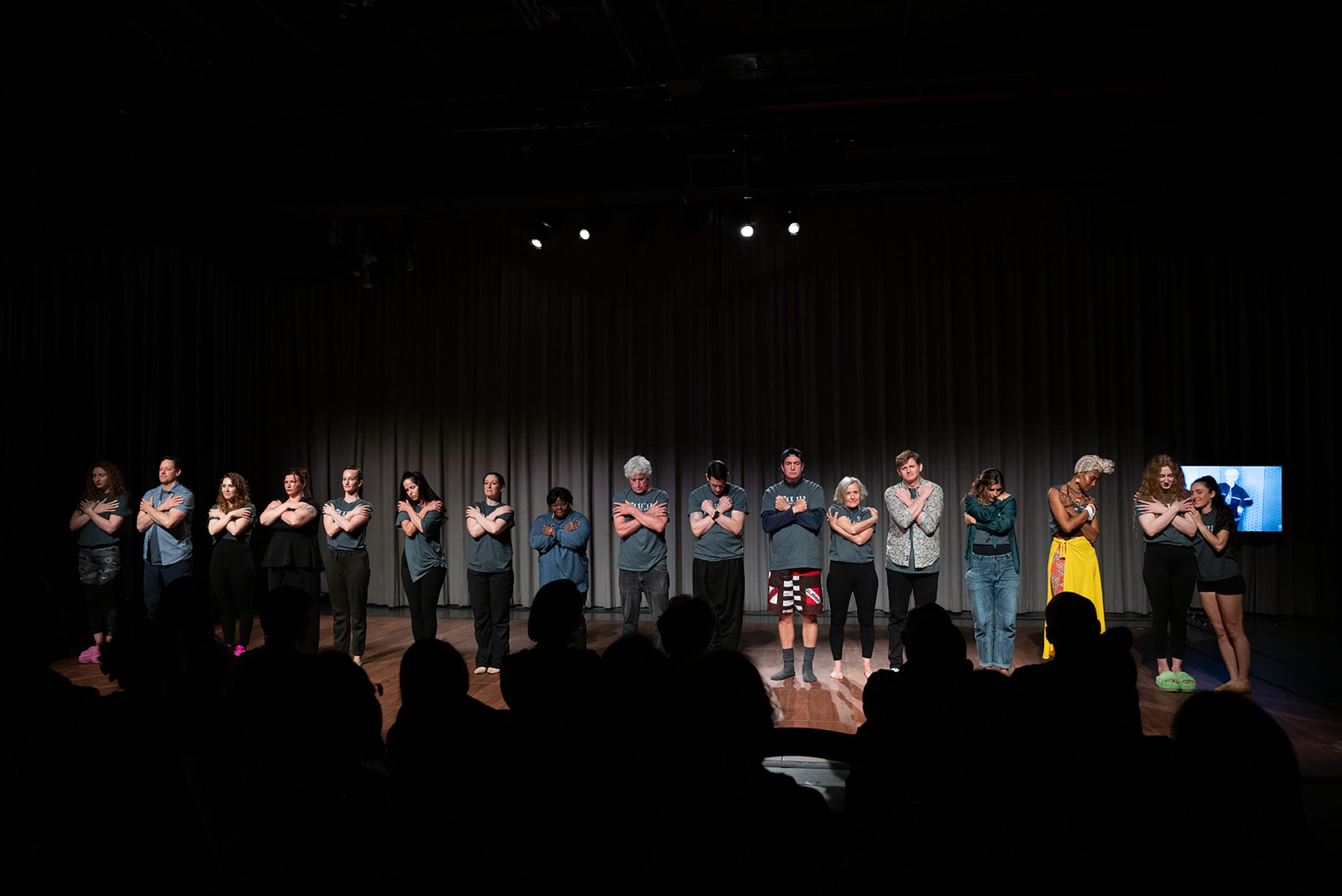
From Drills to Dance
Stories that vibrate in the bones
Dance is a powerful form of expression and can be a tool for people dealing with trauma. Read this story about how the Exit12 Dance Company uses dance as a medium for expressing the experiences of veterans and promoting healing from the physical and emotional scars of war.
Read the full articleMeasuring our impact
Research and evaluation is a core component of the Community Engagement Program. Through a rigorous approach to both qualitative and quantitative research, we are dedicated to demonstrating the power of art in addressing trauma. Our monitoring, evaluation, and learning (MEL) activities, tools, and best practices specifically benefit our grantees. We measure local impact with participants and community partners, and national impact across the fields of military arts and health.
Even the most hesitant of veterans were willing to dive head-long into a Shakespeare play, and they gained experience with de-escalating themselves from triggering moments through speaking his text. We experienced a hunger for conversation, laughter, tears, personal reflection, and emotional growth amongst the veterans, and we observed improvements in how the veterans communicated with each other and clinicians.
Tennessee Shakespeare Company, Program Evaluation
How to apply for a grant
Matching grants are awarded in two tiers, “emerging” and “advanced,” which reflect the capacity of the project at the time of the application. Grant recipients can work in healthcare, community, or virtual settings.
Creative Forces works in partnership with the Mid-America Arts Alliance (M-AAA) to provide:
- Matching grants of up to $10,000 for one-year emerging projects
- Matching grants of up to $25,000 for one-year advanced projects
- Matching grants of up to $50,000 for two-year advanced projects
The deadline to apply was January 15, 2025. Awards will be announced in late spring/early summer. Sign up for our mailing list to receive updates related to community engagement grants.